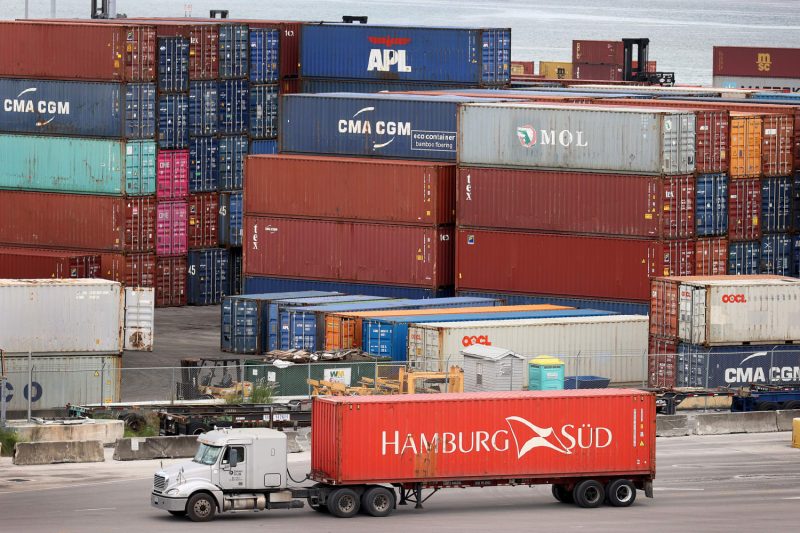In the world of commerce and trade, supply chain disruptions can send ripples through the global economy. The looming threat of an East Coast dockworker strike has retailers and businesses scrambling to find solutions to move billions in cargo. Anticipating potential delays and blockades at the ports, companies are devising contingency plans to ensure the smooth flow of goods and mitigate financial losses.
One of the primary concerns for retailers facing a dockworker strike is the potential backlog of containers awaiting unloading at the ports. With billions of dollars’ worth of merchandise at risk of being stranded on ships or in storage yards, companies are exploring alternative transportation options to bypass the affected ports. Air freight, rail transport, and even rerouting shipments through West Coast ports are being considered to circumvent potential disruptions.
Moreover, the timing of the impending strike adds another layer of complexity to the situation. As the holiday season approaches, retailers are under immense pressure to maintain inventory levels, meet consumer demand, and capitalize on the peak shopping period. Any delays in the movement of goods could result in stockouts, dissatisfied customers, and lost sales opportunities.
To address these challenges, some retailers are proactively communicating with suppliers and logistics partners to expedite shipments, prioritize critical goods, and diversify their transportation routes. By establishing clear communication channels and leveraging technology for real-time tracking and monitoring, companies can better manage the supply chain upheaval caused by the potential dockworker strike.
Furthermore, the uncertainty surrounding the duration and severity of the strike underscores the importance of agility and adaptability in supply chain management. Retailers are revisiting their inventory management strategies, reevaluating lead times, and revising production schedules to accommodate any disruptions that may arise. Building resilience into the supply chain through redundancy, flexibility, and contingency planning is essential to weathering unexpected events like labor strikes.
In conclusion, the threat of an East Coast dockworker strike highlights the interconnected nature of the global supply chain and the critical role that logistics infrastructure plays in facilitating trade. As retailers navigate the challenges posed by the looming strike, they must remain agile, proactive, and collaborative to safeguard their operations and mitigate the impact on their bottom line. By embracing innovation, communication, and strategic planning, companies can navigate through the turbulence and emerge stronger on the other side.
